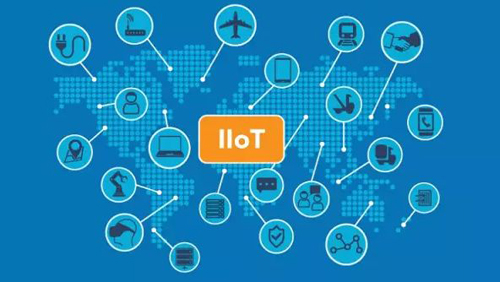In recent years, IoT technology has developed rapidly and continuously penetrated into various sub-industries, while bringing changes and innovation opportunities to traditional industries. In the industrial field, communication requirements such as high reliability, always availability, and extremely low latency will be the most challenging part. The Industrial Internet of Things must be able to achieve stable transmission in harsh environments.
Industrial scenarios are different from other types of applications. In scenarios such as shared bicycles, animal identification traceability, hydrological monitoring, logistics, and home furnishings, the requirements for the Internet of Things are only the detection and confirmation of equipment status, while industrial sites require real-time data collection. Allow for a minute’s delay. Therefore, the application of the Internet of Things in industry poses greater challenges.


At present, major operators and equipment manufacturers have begun to plan to provide higher-performance communication services for the IoT industry. It is expected that cellular IoT networks with lower latency and higher reliability will appear in the future. For operators, the requirements for IoT may be classified into several categories, namely large-scale IoT, high-performance IoT, dedicated scenario IoT and industrial IoT. Cellular IoT needs to fully consider the particularity of each scenario.
Industry is the largest scenario of the Internet of Things. Factories need to connect all automation components, conduct remote control, and collect sensing data such as touch, vision, pressure, and temperature. Delays and errors are not allowed on automated production lines, because once a breakdown occurs, it will cause huge losses. Moreover, some automated transportation equipment is not fixed, and its location moves and changes over time, which is another difficulty for wireless connections.
China’s manufacturing industry is in a critical period of transformation and upgrading, and the Industrial Internet of Things has become an important trend. In order to enhance the competitiveness of enterprises, factories have begun to introduce robots and automated assembly lines, configure a large number of sensors, and transform to digitalization to achieve transparent management of the entire process from supply, inventory, and delivery.
Well, 5G, the next generation of mobile cellular technology, will likely meet the needs of industry. 5G may support various industrial Ethernet and time-sensitive network (TSN) functions, allowing it to be easily integrated into existing infrastructure, thereby enabling applications The program is able to use connections to their full potential.
As more and more devices are connected to the Internet of Things, the performance requirements for communication are also increasing. There are currently related technologies in high-performance IoT for large-scale IoT, such as high-performance IoT, which handle large-scale IoT to a certain extent through standards such as NB-IoT.
In addition, cost will be a key, especially in large-scale IoT systems. Manufacturers need to try to consider low-power sensors and reduce the amount of data transmission. Data usually needs to be filtered before it can be sent through the IoT. Those edge devices are usually not easy to maintain, so the battery needs to be able to last for a long time.
